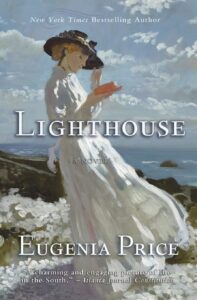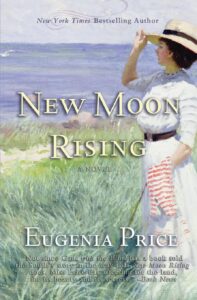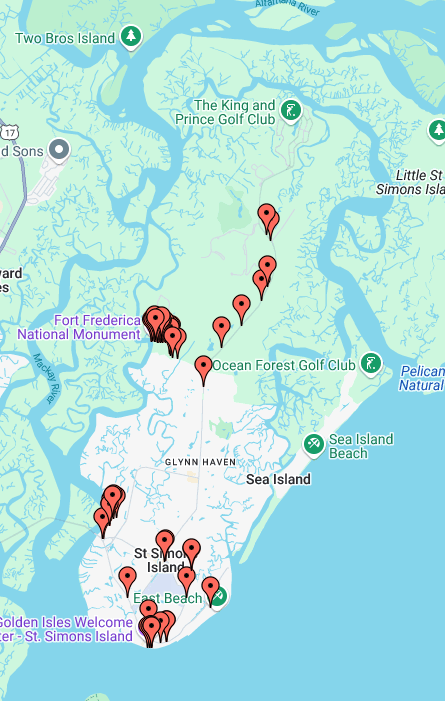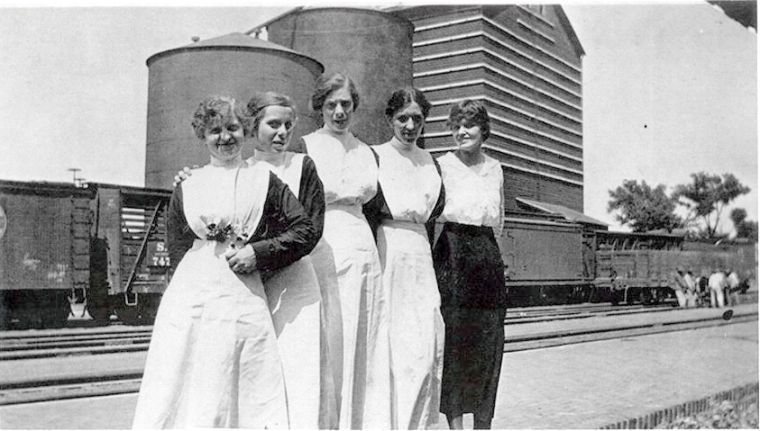I have dreamed of visiting St. Simon’s Island ever since I was a teenager and my mother gave me these historical fictions books written by Eugenia Price. I highly recommend them if you haven’t read them. She brought beautiful history to life and lived on the island while writing the books. I was able to realize my dream in 2012 and then again in 2017.



History
This island has so much history! A fort was built in 1733, just 3 years after the Georgia colony was founded.James Oglethorpe attempted to build a colony as a social experiment. He brought folks from debtors prison to help establish the colony as a social experiment. He also outlawed slavery in the colony at first. Everyone who came to establish the colony had to work and contribute to the group. John and Charles Wesley lived in the colony as Methodist Missionaries. You can walk the streets of Frederica colony and the National Park has done a fabulous job of excavating the historic places. Be sure to have your kids do the Jr. Ranger Badge to garner all the fun history.
“Three years after founding Georgia in 1733, Gen. James Edward Oglethorpe established Fort Frederica to defend the fledgling colony against Spanish attack from Florida. In time, long after the British garrison had left and the original townspeople abandoned Frederica the famed Quaker, naturalist William Bartram, would stand on the grounds of Frederica. He wrote in his famous Travels of William Bartram:
“The fortress was regular and beautiful, constructed chiefly with brick, and was the largest, most regular, and perhaps most costly of any in North America, of British construction: it is now in ruins, yet occupied by a small garrison; the ruins also of the town only remain; peach trees, figs, pomegranates, and other shrubs grow out of the ruinous walls of former spacious and expensive buildings, not only in the town, but at a distance in various parts of the island; yet there are a few neat houses in good repair, and inhabited: it seems now recovering again, owing to the public and liberal spirit and exertions of J. Spalding, esq., who is the president of the island, and engaging in very extensive mercantile concerns.”
Initially, the purpose of the Georgia colony was not so ambitious. Its founders, General Oglethorpe and twenty other trustees saw it as a social experiment, a humanitarian mission to relieve unemployment and relief to those who crowded England’s squalid debtors prisons. This altruistic goal eventually expanded to include the more pragmatic purposes of expanding trade for the mother country and providing a buffer colony on the southern frontier.
The original goal of General Oglethorpe and the other trustees to relieve the suffering of those in debtors prisons remains a powerful myth even today, but despite these good intentions, the reality was far different. History records only eleven families fitting the description of debtors that eventually settled in Georgia during its early history. Even as the trustees began their work of establishing Georgia, they realized that the new colony required people with specific skills and recruited settlers accordingly. At Fort Frederica, this meant people who could provide products or services of use to the soldiers of the garrison. “
Steve Moore, Park Ranger, Ft .Frederica National Monument,1997
(read more history)

There are historic markers all over the island. Even though James Oglethorpe began his colony by forbidding slavery, but eventually slavery came to the island. There are beautifully restored slave cabins to see. The Tabby House was built by slaves for the house slaves who worked at the Hamilton Plantation. The church and cemetery are a treasure trove of the people who colonized the island. The locations and facts about the Battle of Bloody Marsh. The original James Gould built lighthouse was destroyed by Confederate troops in 1861. The second lighthouse is open for tours.
There are 79 historical markers on St. Simons Island. You can read more about them here.


